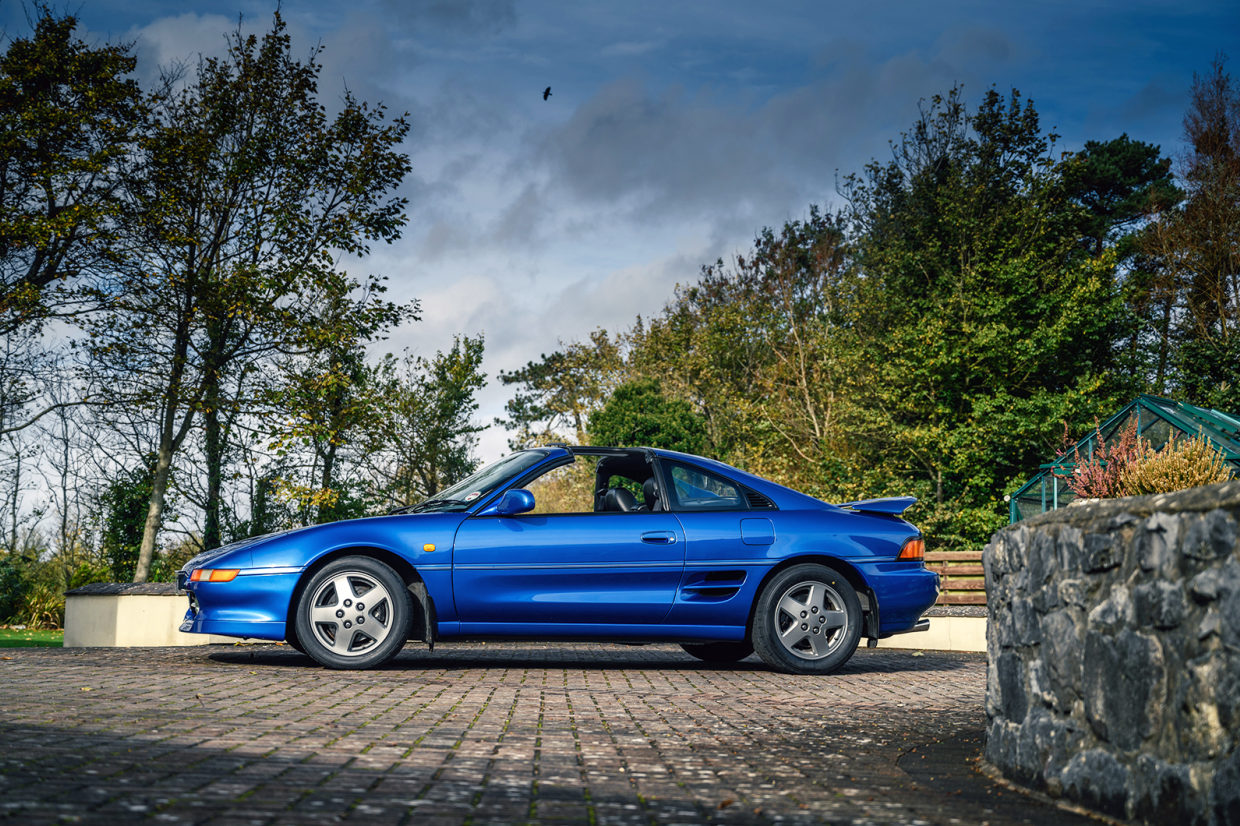
We’re often asked what the future of the classic car industry looks like and a new survey, released today, aims to shed light on this, and how best to nurture and sustain it.
Some of the figures revealed in Footman James’ 2022 Indicator Report might not come as a surprise: only 9% of respondents were female, while the majority of the insurance company’s clients are in their 50s and 60s, with 31% of policyholders stating they’re retired or not employed.
But the survey also revealed a rich, passionate generation of younger classic car enthusiasts, of all genders and backgrounds – the industry’s challenge is to adapt quickly and to not be afraid to diversify, to best serve this community.

There are many enthusiastic, younger classic car owners and admirers
The report includes data from auction house Barrett-Jackson which states that buyers classed as Generation X (born between 1965 and 1980) and Millennial (born 1981-’96) account for 44% of sales of classic cars from the 1980s and ’90s.
With 60% of respondents claiming to run their vehicle for £1000 or less each year, it’s proof that not all classics are pricey to run – plus, 34% said they’d be happy to tackle maintenance themselves.



